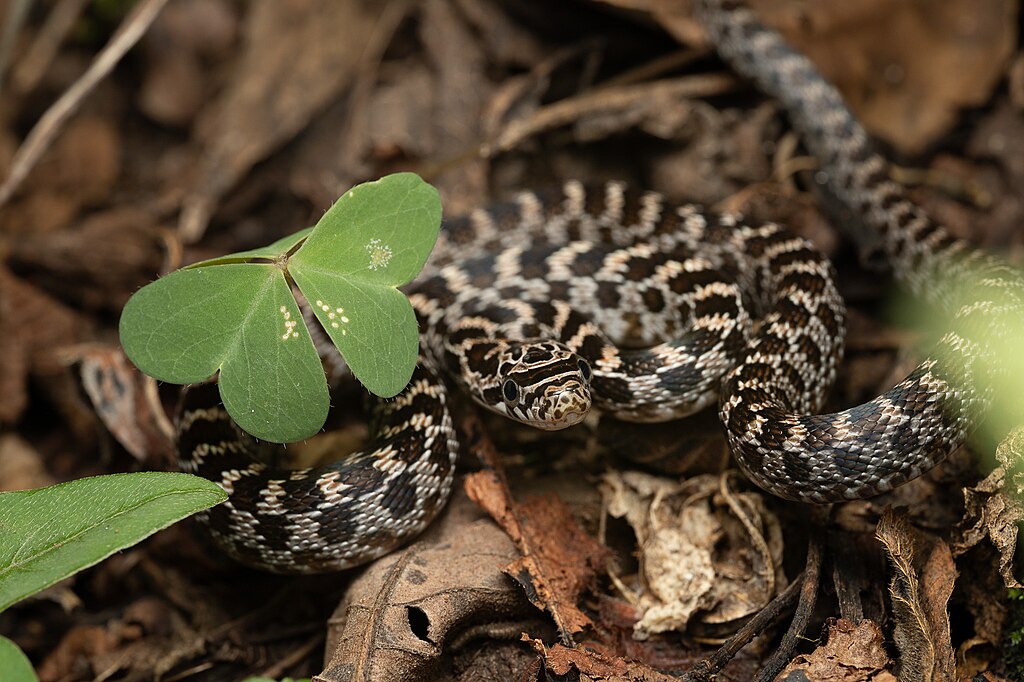Beneath the soft carpet of pine needles that blankets many coniferous forests lies a secretive and specialized reptile that has perfected the art of hidden living. The pine snake, scientifically known as Pituophis melanoleucus, is a remarkable creature that has evolved specific adaptations to thrive in pine forest ecosystems. These serpents have developed a unique relationship with their pine needle habitat, using the accumulated debris not merely as occasional shelter but as an integral part of their survival strategy. Their story represents one of nature’s most fascinating examples of habitat specialization, where an animal has become inextricably linked to a particular environmental niche. Join us as we explore the hidden world of this extraordinary reptile that makes its home beneath the fallen needles of pine forests.
The Pine Snake’s Natural Habitat
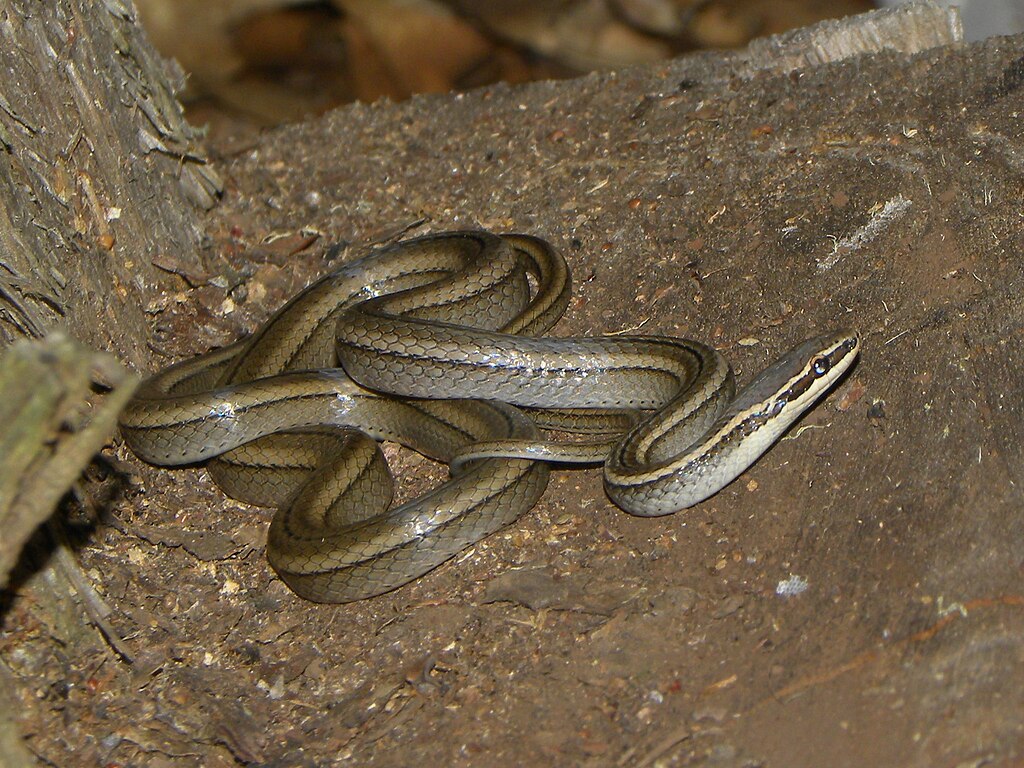
Pine snakes are predominantly found in the southeastern United States, particularly in the sandy pine barrens of New Jersey, the pine forests of the Carolinas, and similar habitats stretching west to Kentucky and south to Florida. These regions are characterized by their sandy, well-drained soils that support extensive pine forest ecosystems. The forest floor in these habitats is typically covered with a thick layer of fallen pine needles that accumulates over time, creating a distinctive microhabitat. This layer serves multiple functions in the ecosystem: it helps retain soil moisture, provides nutrients as it decomposes, and creates small spaces and tunnels that become crucial for the pine snake’s lifestyle. The combination of sandy soil beneath and insulating pine needles above creates the perfect environment for these specialized reptiles to thrive.
Physical Adaptations for Pine Needle Living

The pine snake possesses several physical adaptations that make it perfectly suited for navigating and living beneath pine needle layers. One of its most notable features is its strong, pointed snout, which acts as a natural shovel for burrowing through both sandy soil and dense needle layers. This specialized rostral scale is more pronounced than in many other snake species, allowing pine snakes to efficiently push through substrate with minimal effort. Their muscular bodies, which can reach lengths of 4-6 feet, provide the strength needed to force through compacted needle beds and soil. Additionally, pine snakes have smooth scales that reduce friction as they move through tight spaces between pine needles and underground tunnels. The typical pattern of blotches on their bodies—usually brown, black, or reddish on a lighter background—provides excellent camouflage among the dappled light and shadow of the pine needle floor.
The Protective Properties of Pine Needle Layers
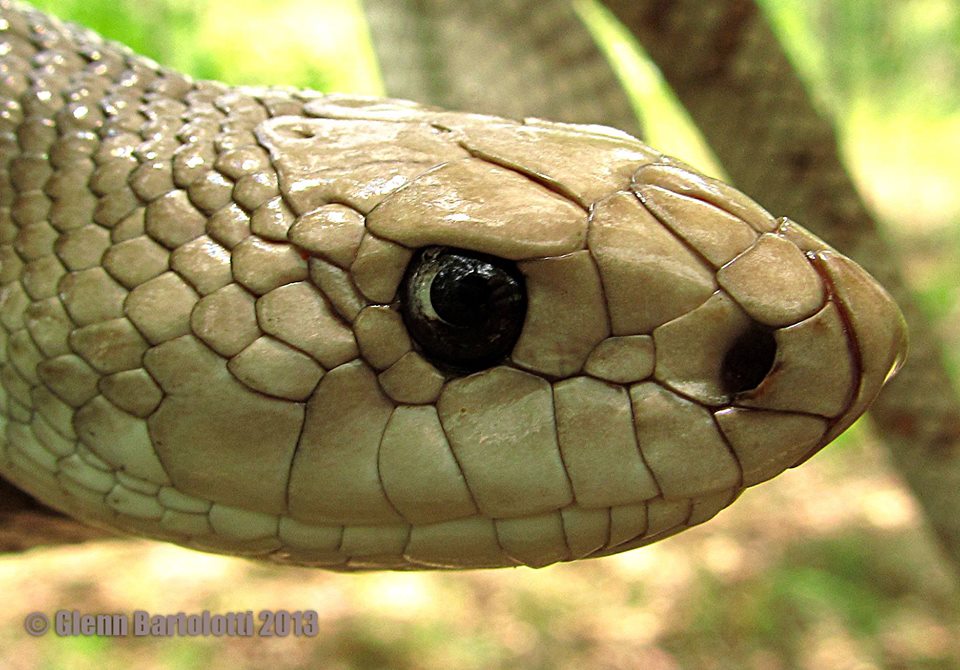
The accumulated layers of pine needles offer substantial protection for the snakes that make their home beneath them. These needle beds create an insulating barrier that maintains relatively stable temperatures regardless of external weather conditions, shielding the snake from both extreme heat and cold. During winter months, pine snakes can retreat deeper beneath these layers to brumate (a reptilian form of hibernation) in a protected environment where temperatures rarely drop to dangerous levels. The needle layer also provides excellent protection from predators, as the snake can move silently beneath this natural camouflage without disturbing the surface. When potential threats approach, pine snakes can freeze in place, their patterned bodies blending perfectly with the mottled light filtering through the needle layer. Additionally, the natural oils in pine needles create a distinctive scent that may help mask the snake’s own odor from predators with keen senses of smell.
Hunting Strategies Among the Pine Needles
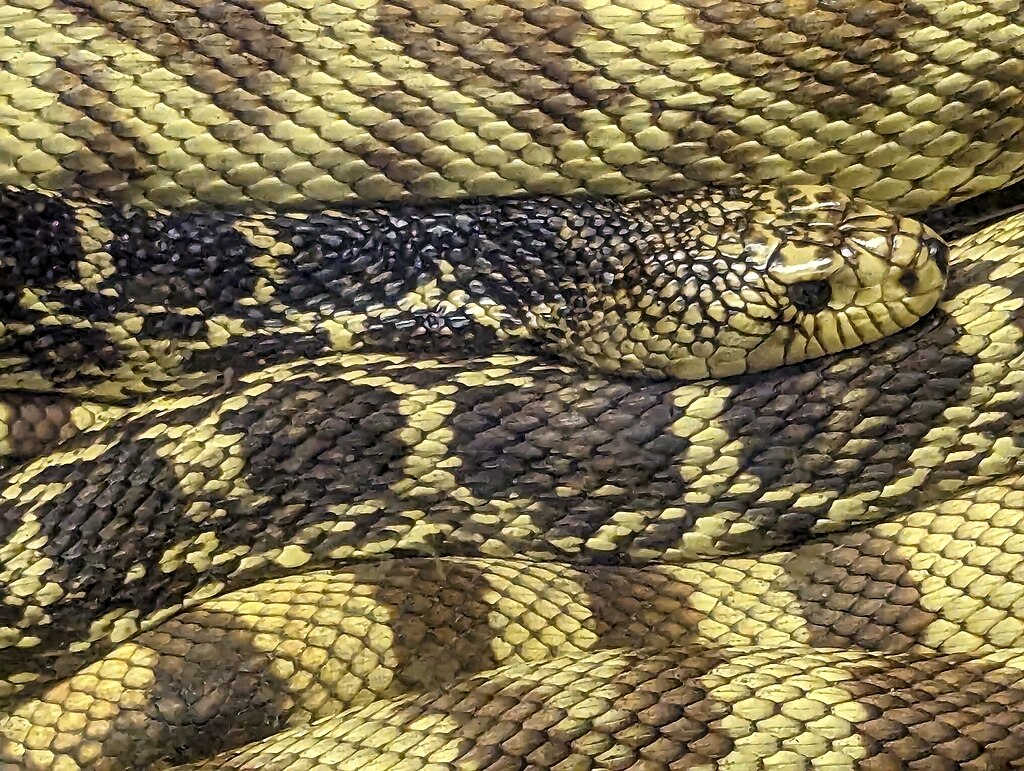
Pine snakes have developed specialized hunting techniques that utilize their pine needle habitat to great advantage. These constrictors often create ambush points beneath the needle layer, remaining perfectly still as they wait for small mammals to pass by overhead. The snake can detect subtle vibrations through the needle layer as potential prey moves across the forest floor. When a suitable target is identified, the pine snake can explode upward through the needles with surprising speed, catching prey before it has time to react. Pine snakes are particularly adept at hunting burrowing mammals like pocket gophers, mice, and moles that create tunnel systems beneath the forest floor. They will follow these tunnel networks, sometimes traveling considerable distances underground in pursuit of prey. After capturing and consuming a meal, the snake often retreats back beneath the protective needle layer to digest in safety, sometimes remaining immobile for days as it processes its food.
Reproductive Behavior in Pine Needle Habitats
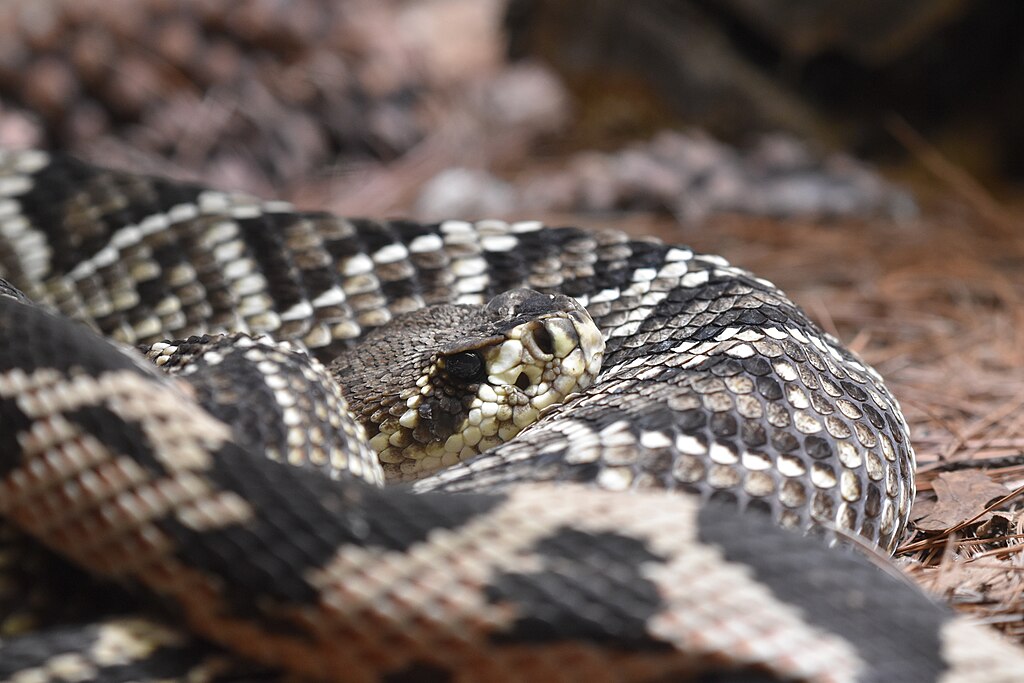
The reproductive cycle of pine snakes is intimately connected to their needle-layered habitat, with breeding typically occurring in spring after emergence from brumation. Female pine snakes utilize the natural insulation properties of pine needle layers when selecting nesting sites, often digging through the needles to create nests in the sand beneath. The decomposing pine needles generate slight heat as they break down, which can help maintain optimal incubation temperatures for the eggs. A typical clutch consists of 3-24 eggs, which the female deposits in these carefully selected locations before covering them with sand and needles for protection. Unlike some snake species, female pine snakes do not guard their nests but rely on the camouflage and protection offered by the pine needle covering to keep eggs safe from predators. After approximately 2-2.5 months of incubation, the hatchlings emerge and immediately seek the safety of the needle layer, instinctively recognizing it as protective habitat.
Seasonal Behavior and Pine Needle Utilization
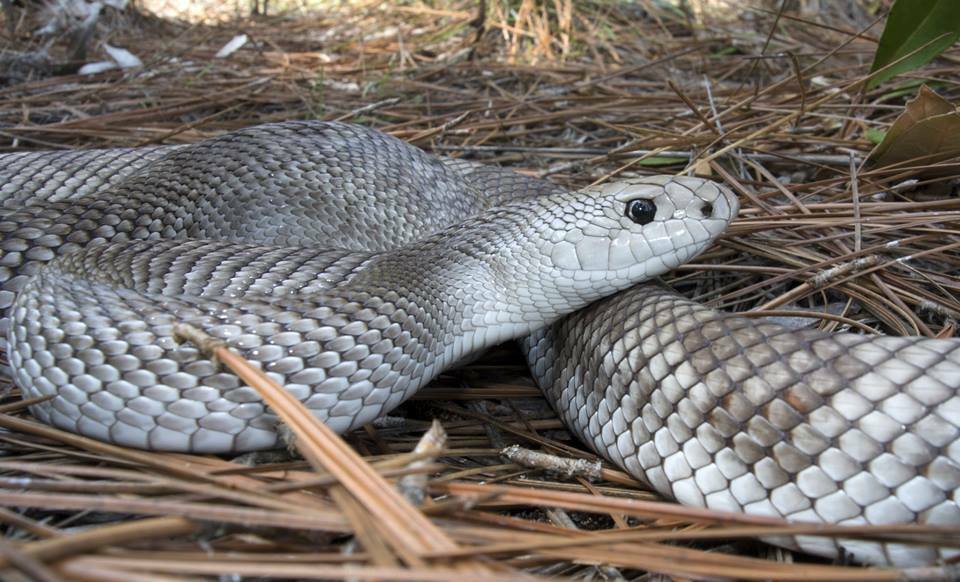
Pine snakes adjust their relationship with the needle layer throughout the changing seasons, demonstrating remarkable behavioral adaptability. During summer months when temperatures rise, these snakes may retreat deeper beneath the needle layer during daytime hours, taking advantage of the cooler microclimate found closer to the soil. They often become more active during early morning or evening when temperatures moderate, moving through or just beneath the needle layer to hunt or thermoregulate. As autumn approaches and temperatures begin to drop, pine snakes spend increasing amounts of time basking on top of the needle layer, absorbing heat from direct sunlight before retreating beneath the insulating cover. With the arrival of winter, they select specific brumation sites where the needle layer is particularly thick, sometimes gathering in small groups to share body heat during the coldest months. This seasonal cycle demonstrates how intricately their life patterns are woven into the characteristics of their specialized habitat.
Pine Needle Decomposition and Snake Ecology
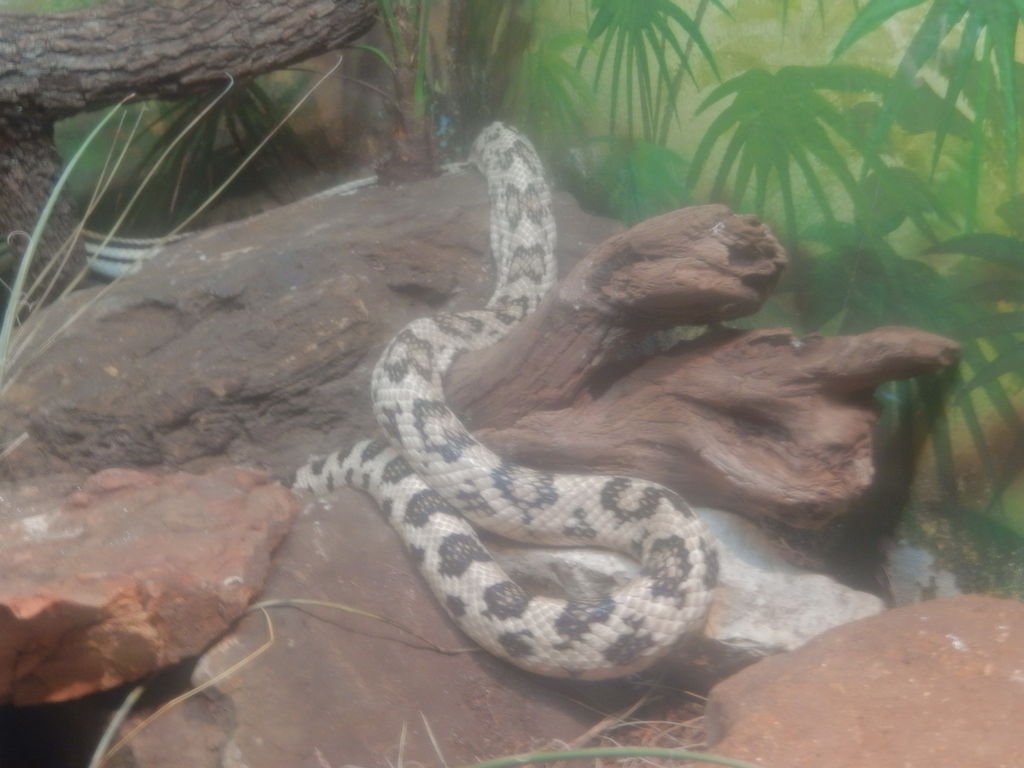
The natural decomposition cycle of pine needles creates a dynamic environment that directly influences the ecology of resident pine snakes. Fresh needles initially form a loose, airy layer that allows the snakes easy movement while providing excellent concealment. As these needles age and begin to decompose, they compact and form a denser layer that better insulates against temperature extremes but requires more effort for the snake to navigate through. This decomposition process also supports diverse invertebrate populations that form part of the food web supporting the snake’s prey species. Fungi and bacteria breaking down the needles release nutrients into the soil, supporting plant growth that attracts herbivorous mammals—the preferred prey of pine snakes. Some evidence suggests that pine snakes may even have a preference for needle beds at specific decomposition stages, selecting areas based on factors like moisture content, density, and the likelihood of finding prey animals.
Communication and Social Behavior Under the Needles
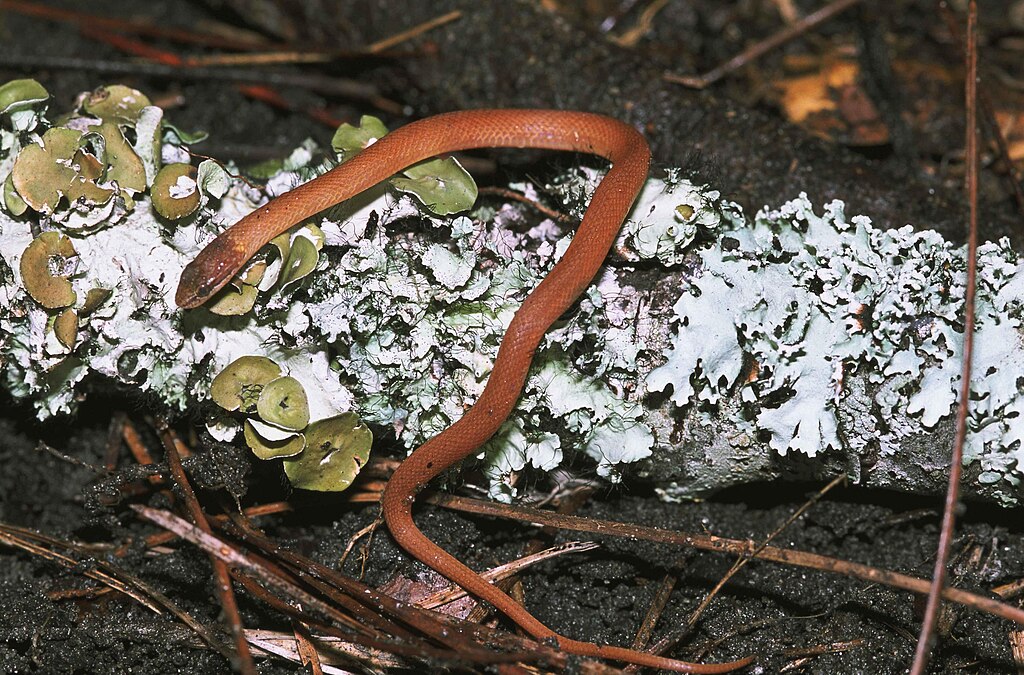
Despite their solitary nature, pine snakes engage in various forms of communication and limited social interaction within their needle-covered habitat. During breeding season, males locate receptive females by following pheromone trails that permeate through the needle layer. These chemical signals can persist for days, allowing males to track females even if they’re no longer present in a particular area. Occasionally, multiple pine snakes may share preferred sheltering spots beneath particularly suitable needle accumulations, especially during brumation periods when thermal advantages outweigh territorial tendencies. When two pine snakes encounter each other beneath the needles outside of breeding season, they typically engage in a brief assessment through tongue-flicking to gather chemical information, then continue on their separate ways without aggression. Young pine snakes have been observed following the subterranean trails created by adults through the needle layer, potentially learning effective navigation routes through their complex habitat.
Threats to Pine Needle Habitats and Snake Populations
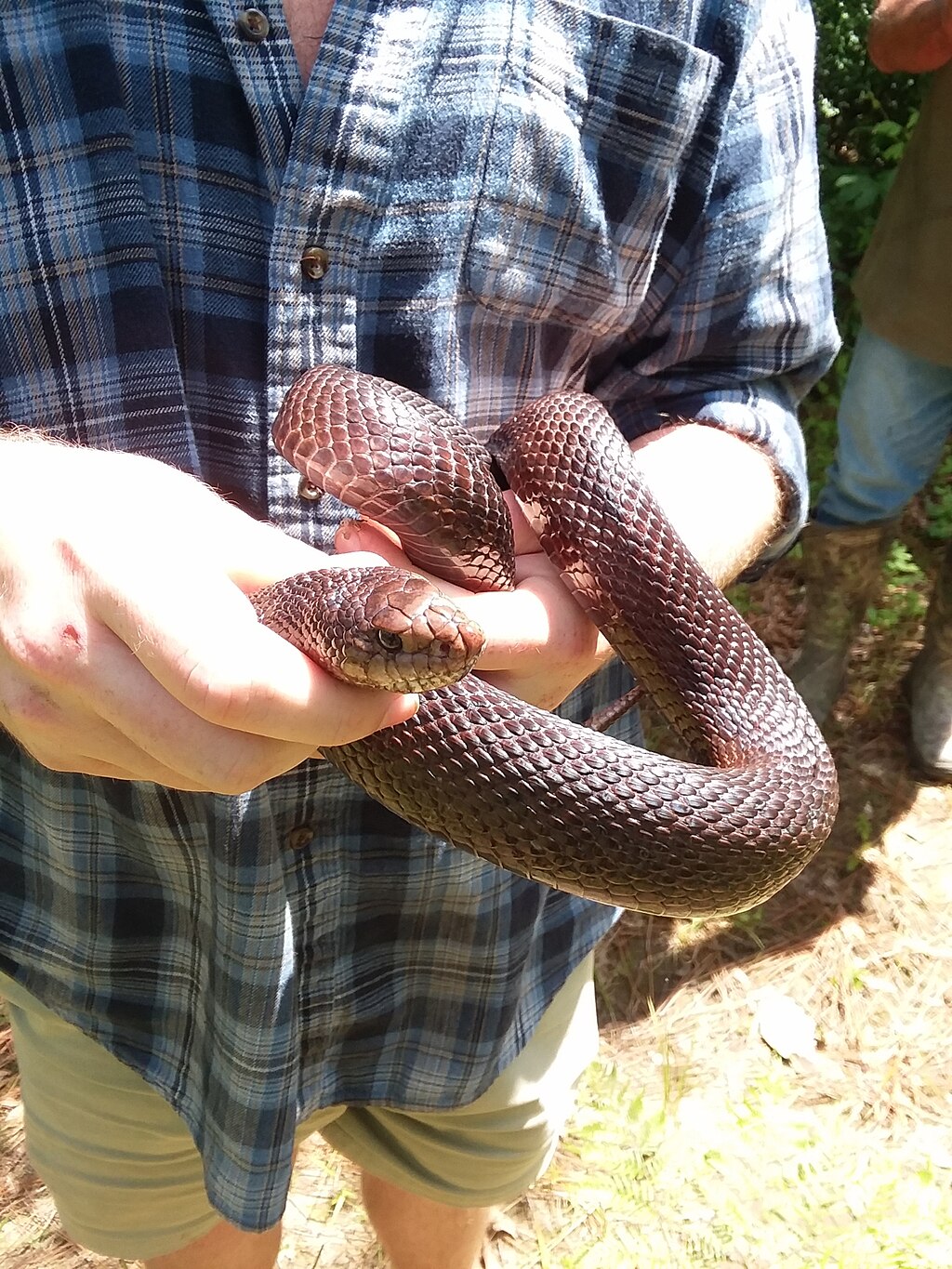
The specialized relationship between pine snakes and their needle-layer habitat makes them particularly vulnerable to environmental changes affecting these ecosystems. Forest management practices that include removal of understory and needle layers can eliminate crucial microhabitat needed for the snake’s survival. Prescribed burns, while important for overall forest health, can temporarily destroy the needle layer, forcing snakes to relocate or potentially perish if alternative shelter isn’t available. Urban development continues to fragment pine forest habitats, creating isolated populations with limited genetic exchange. Climate change poses an additional threat, as altered precipitation patterns and rising temperatures affect needle decomposition rates and the thermal properties of the needle layer. Some studies indicate that extended droughts lead to increased flammability of needle beds, resulting in more intense wildfires that can directly harm snake populations and take longer to regenerate suitable habitat.
Conservation Efforts for Pine Needle Ecosystems

Conservation organizations and wildlife management agencies have implemented several strategies specifically focused on protecting pine snake populations and their needle-layered habitats. Protected areas have been established in regions with healthy pine forests, with special management considerations that maintain the natural cycle of needle fall and decomposition. Education initiatives target private landowners with pine forests, providing guidance on maintaining healthy needle layers and recognizing the ecological value of species like the pine snake. Some conservation programs include carefully managed prescribed burns conducted on rotational schedules that ensure some areas always maintain intact needle layers as refuge habitat. Captive breeding programs maintain genetic diversity and can provide snakes for reintroduction to restored habitats, with special attention given to exposing captive-bred juveniles to natural pine needle substrates before release. Citizen science monitoring programs engage local communities in tracking pine snake populations, helping scientists gather data on habitat use and population trends across large geographic areas.
Interactions with Other Pine Needle Dwellers
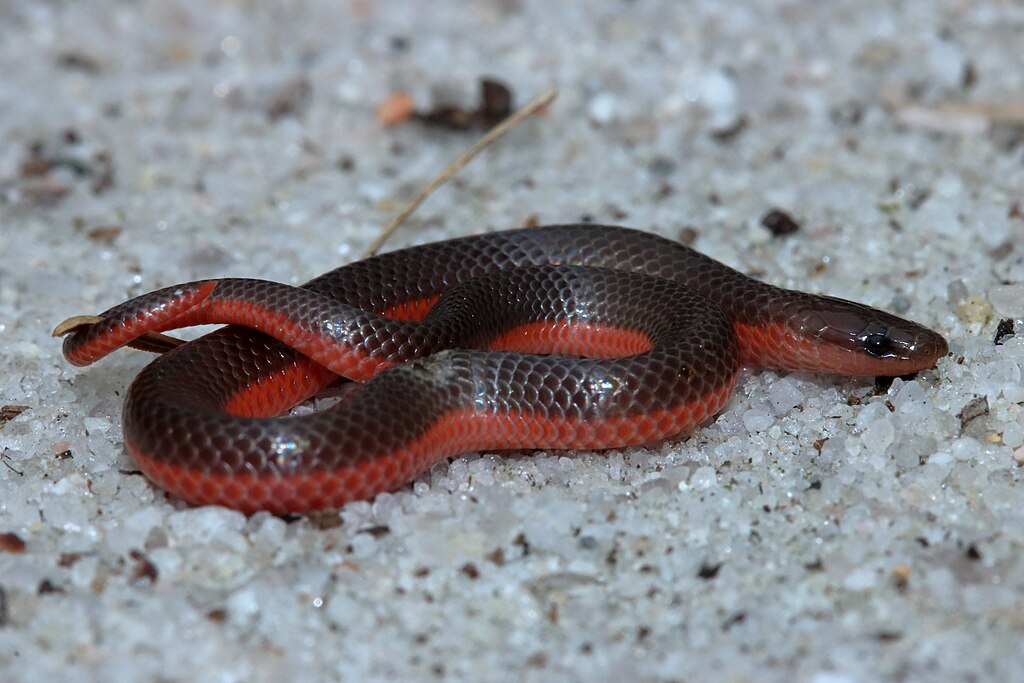
Pine snakes share their needle-layer habitat with a diverse community of other organisms, creating a complex web of ecological relationships. Small mammals like shrews, voles, and mice create tunnel networks through the needle layer that pine snakes utilize both for movement corridors and as hunting grounds. Various arthropods inhabit different layers of the needle bed decomposition cycle, from surface-dwelling spiders to deeper-burrowing beetles and millipedes. These invertebrates support additional predators like small lizards, which may become prey for juvenile pine snakes. Interestingly, pine snakes have been observed showing tolerance for eastern fence lizards that sometimes bask near snake resting spots, possibly because these lizards consume insects that might otherwise disturb the snake’s rest. Fungal networks within decomposing needle layers create interconnected systems that indirectly benefit the snake by supporting plant health and creating microhabitats for prey species. This multidimensional community highlights how the pine needle habitat functions as an ecosystem unto itself, with the pine snake serving as one of its top predators.
The Future of Pine Snakes in Changing Forests
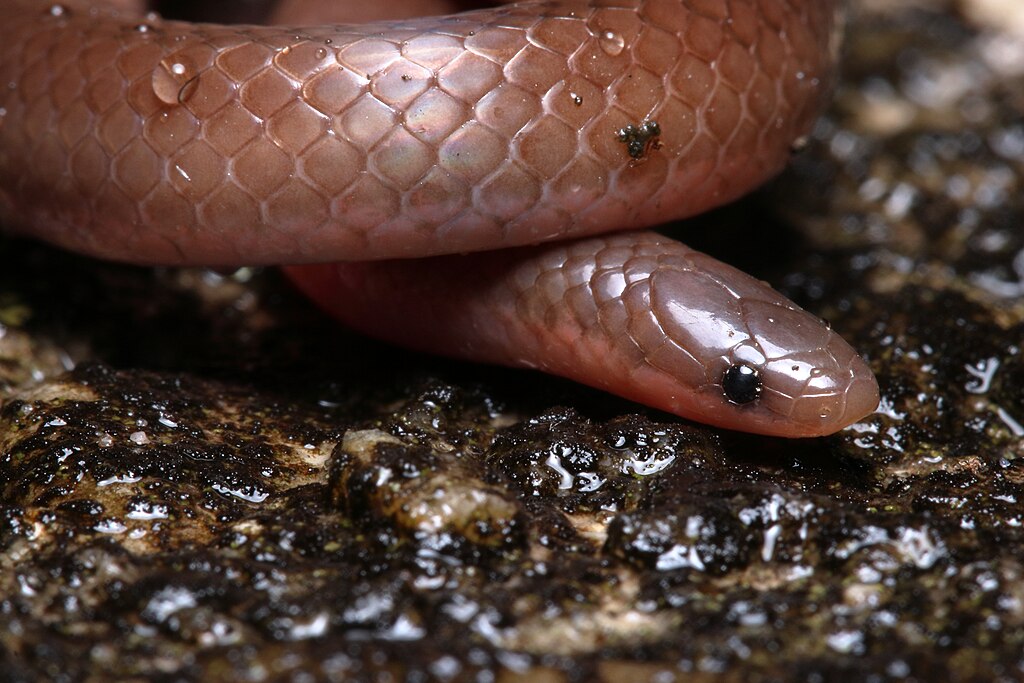
Looking ahead, the future of pine snakes faces both challenges and potential opportunities as forest ecosystems continue to evolve. Emerging research on climate-adaptive forest management techniques suggests that maintaining healthy pine needle layers may become a priority for overall forest resilience, indirectly benefiting pine snake populations. Advanced tracking technologies are providing new insights into how these snakes utilize their habitat throughout seasonal cycles, informing more effective conservation strategies tailored to their specific needs. Genetic research has identified distinct population segments with unique adaptations to local conditions, highlighting the importance of preserving genetic diversity across the species’ range. Collaborative conservation efforts involving government agencies, private landowners, and conservation organizations are expanding protected habitat networks and implementing corridor systems to connect isolated populations. While challenges certainly remain, the increasing recognition of pine snakes as indicator species for healthy pine ecosystems offers hope that appropriate habitat management will continue to improve, securing a future for these remarkable needle-dwelling serpents.
Cultural Significance and Human Relationships
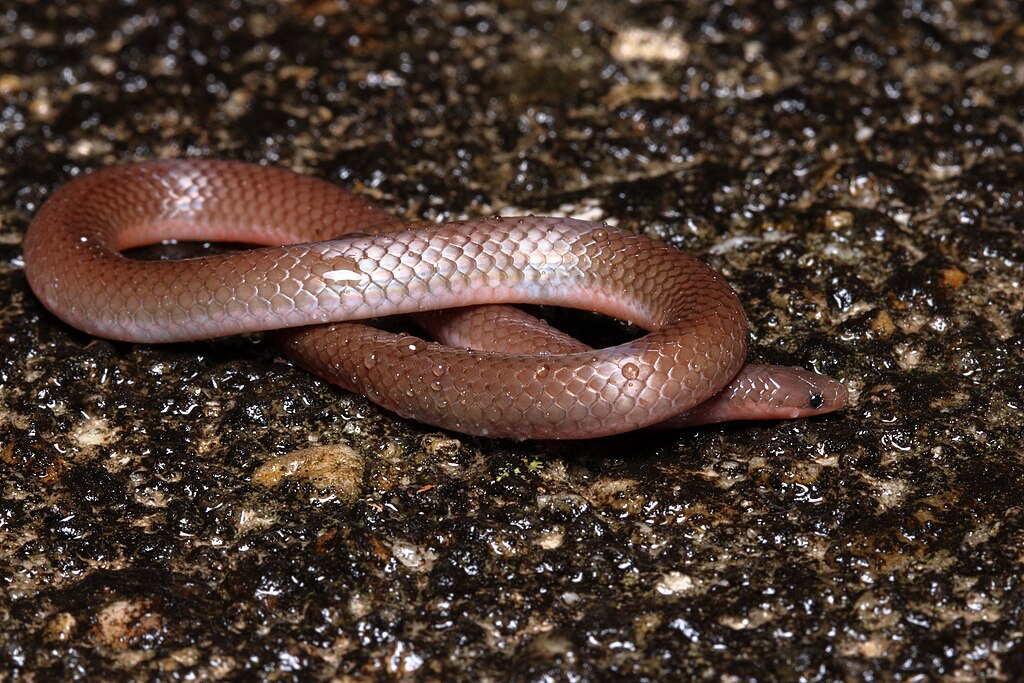
Throughout human history, pine snakes have figured into the cultural and practical relationships people have developed with pine forest ecosystems. Indigenous communities in the southeastern United States traditionally recognized the pine snake as an indicator of healthy, productive forest ecosystems, often incorporating the serpent into stories that taught sustainable forest management practices. Early European settlers often misidentified these harmless constrictors as venomous species, leading to widespread persecution that continues to affect public perception today. Modern wildlife education programs now frequently feature pine snakes as ambassador species, allowing controlled interactions that help dispel myths and build appreciation for their ecological role. Some rural communities have developed informal monitoring systems, with residents reporting pine snake sightings to track local population health. The distinctive blowing or hissing display that pine snakes perform when threatened has become recognized by many outdoor enthusiasts as a characteristic sound of healthy pine forests, transforming a once-feared defensive behavior into a welcomed sign of ecological integrity.
The pine snake’s remarkable adaptation to life beneath fallen pine needles represents one of nature’s most specialized habitat relationships. From their physically adapted bodies to their seasonal behaviors and hunting strategies, every aspect of their biology reflects millions of years of evolution within this specific ecological niche. As we continue to learn more about these secretive reptiles, their value as indicators of forest health becomes increasingly apparent. The protection of pine snake populations ultimately requires the conservation of entire forest ecosystems, including the seemingly simple but ecologically complex layers of fallen needles that carpet the forest floor. By understanding and preserving these specialized habitats, we not only secure a future for the pine snake but also maintain the intricate web of life that thrives within healthy pine forests—a living system where every fallen needle contributes to the hidden world beneath our feet.

